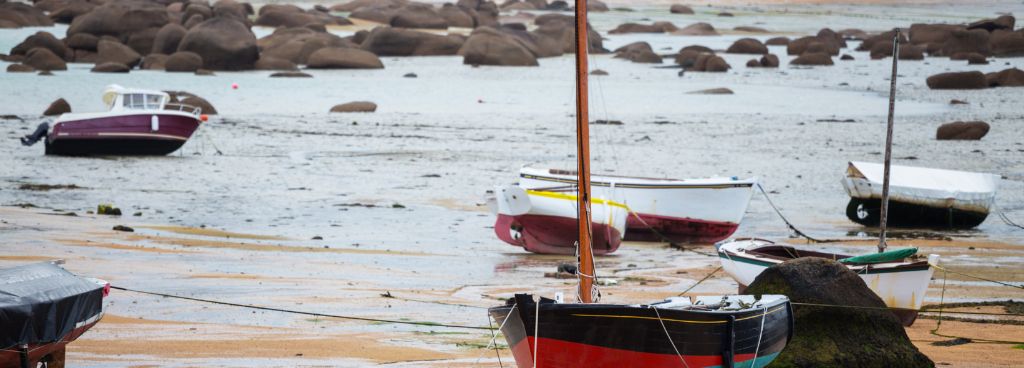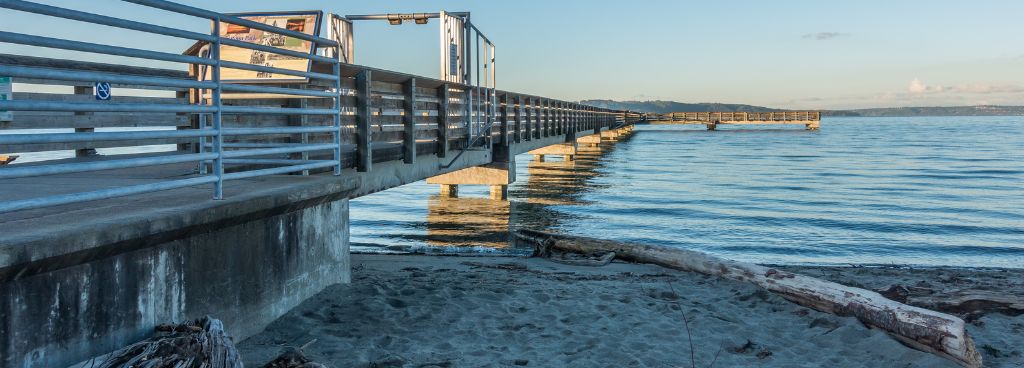Stories Worth Reeling In...
Last Updated on September 15, 2023
Picture this: The tide is rising, and the waters are stirring. It’s that time when the ocean or your favorite waterway swells, bringing with it a sense of anticipation and excitement for anglers. Fishing during high tide is an experience like no other, but it comes with its own unique set of challenges and opportunities.
In this post, we’re diving headfirst into the world of high-tide fishing. We’ll explore the science behind high tides and how they impact fish behavior. Plus, we’ll delve into the techniques that can help you reel in those elusive catches during high tide.
So, fasten your waders and secure your fishing hat because we’re about to embark on a journey through the rising waters. Let’s cast off into the world of high-tide fishing!
Table of Contents
High tides occur when the gravitational pull of the moon and the sun align, causing a surge in water levels. This natural phenomenon brings about significant changes in the underwater world that directly affect fish behavior.
During high tide, fish often move closer to the shore or into shallower waters. The rising water provides them access to new feeding opportunities and can also create a sense of safety from predators.
Tidal Currents and Baitfish Movement
Tidal currents are the invisible force driving the underwater world’s ecosystem. As the tide rises, water moves with varying degrees of force, depending on the location and specific tidal conditions. These currents dictate the movement of baitfish, a primary food source for many game fish species.
When the tide rises, baitfish often get swept into areas with abundant food sources, creating a feeding frenzy among predatory fish.

Fishing during high tide opens up a wealth of opportunities in various locations. Here are some types of fishing locations that often excel during high tide:
Using Tide Charts
Tide charts, which are available online or at local bait shops, provide detailed information about tide times and their corresponding heights.
By studying tide charts for your specific fishing location, you can plan your trips to coincide with high tide.
Here are some popular high-tide fishing locations that draw anglers from around the world:
During high tide, the water depth increases, and fish have access to a broader range of forage. This means they are actively hunting, and their feeding behavior intensifies. To capitalize on this, your bait or lure needs to match the prey fish are targeting during high tide.
To select the right bait or lure, consider the following:
Recommended Lures for High Tide Conditions:
Tackle and Rigging for High Tide Fishing
Fishing during high tide requires specific tackle considerations to handle the changing water conditions and the potentially larger fish that become more active. Here’s what you need to know:
Rods and Reels: Opt for medium to heavy-action rods with fast or extra-fast tips. These rods provide the backbone needed to control larger fish and set the hook effectively. Paired with a high-capacity reel, they offer the strength and line capacity required for high-tide scenarios.
Lines: Heavier lines are often preferable during high tide fishing. Monofilament or braided lines in the 12-30 lb range are suitable for most situations. The increased line strength helps you handle powerful fish and prevents break-offs in heavy cover.
Leaders: Consider using a fluorocarbon leader to reduce visibility and increase abrasion resistance. Leader lengths of 12-18 inches should suffice. Adjust the leader length based on the water’s clarity and the target species.
Rigging Setups for High Tide
The right rigging setup can significantly improve your chances of success during high tide. Here are some effective options:
1. Carolina Rig: Ideal for targeting fish near the bottom, this rig consists of a sliding sinker, a swivel, a leader, and your choice of bait. It keeps your bait elevated above the substrate, making it visible and attractive to fish.
2. Texas Rig: A versatile option for soft plastics, this rig includes a bullet-shaped weight and a weedless hook. It’s excellent for working lures around submerged structures and vegetation.
3. Popping Cork Rig: This setup is particularly effective for targeting species like speckled trout. It includes a popping cork with an attached leader and bait.
4. Jighead Rig: Jigheads are versatile and work well with various soft plastic baits. They can be hopped along the bottom or retrieved at different depths, making them suitable for various high-tide situations.
5. Live Bait Rig: If using live bait, consider a simple setup like a fishfinder rig. It allows the bait to move naturally and entice fish effectively.

Here are some step-by-step instructions for mastering high-tide fishing techniques:
1. Topwater Fishing:
2. Suspended Lure Fishing:
3. Bottom Fishing:
High tide and low tide each have their advantages and challenges. High tide can bring fish closer to shore and offer access to areas that are otherwise submerged. However, both tides can be productive, and the best time to fish depends on various factors, including the species you’re targeting and local conditions.
Fishing during the rising or falling tide can both be productive. Many anglers prefer fishing during the change in tide because it often triggers fish activity. However, fish can also be active during the high tide peak, especially in areas with strong currents.
Essential safety gear includes a life jacket, sturdy non-slip footwear, a first-aid kit, a flashlight with spare batteries, and a whistle. Additionally, wear sun protection and carry adequate drinking water.
Yes, you can fish in the same spot during both high and low tide, but your approach may need to vary. During high tide, fish may move closer to shore, allowing you to target different areas. During low tide, they might be concentrated in deeper channels or holes.
High tide fishing is both a science and an art. Embrace every opportunity to refine your skills and experiment with different approaches. The more you fish during high tide, the more proficient you’ll become.
So, gear up, consult those tide charts, and get ready for some exhilarating high-tide fishing. With the insights you’ve gained, you’re well on your way to becoming a high-tide fishing master.
Get out there, cast your line, and seize the high tide moments waiting for you on the water!